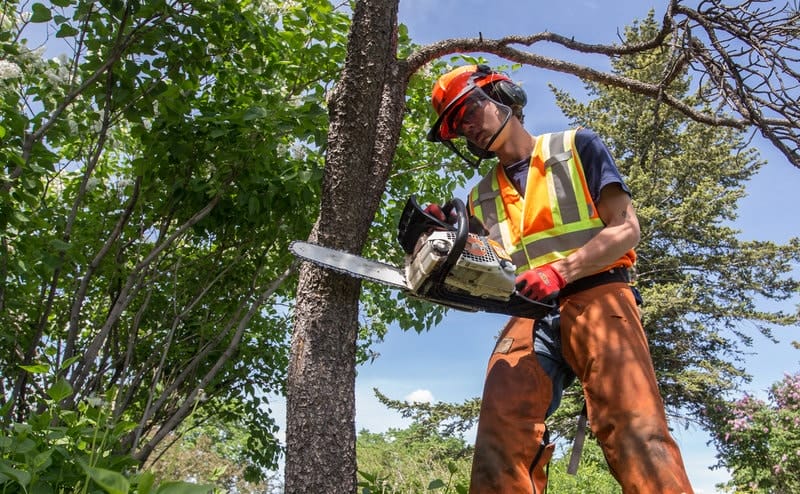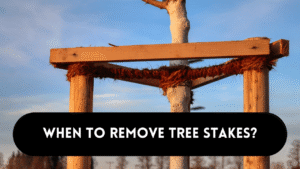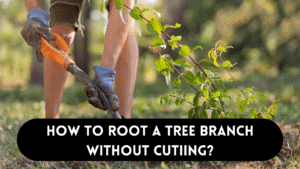Tree removal is a major decision for property owners, and it’s critical to understand the regulations and approvals that may be required before beginning this task. While particular criteria vary greatly depending on location, tree type, and municipal legislation, this page provides an outline of the main concerns for tree removal authorization.
Do I Need Any Approval to Remove a Tree?
The approval and permits required to remove a tree can vary significantly depending on your location and local regulations. In many places, you do need approval or permits to remove a tree, especially if it’s a large tree or if it’s located in a protected area. Here are some general steps to consider:
1. Local Regulations and Ordinances:
Local restrictions and ordinances are critical to tree removal. Many towns have particular policies limiting tree removal in order to conserve their urban forests and green spaces. These rules frequently take into account elements such as tree species, size, and placement.
Some localities demand permits for tree removal, while others have regulations dictating which trees can be removed without permission. It is critical to examine and comprehend your local tree removal regulations.
2. Tree Species Under Protection:
Municipal, state, or federal laws may protect certain tree species. These species are often considered environmentally valuable or endangered. Removing such trees without legal authorization can result in serious penalties.
Before destroying any tree, it is critical to identify whether it is a protected species. Your local forestry department or environmental agency can advise you on this.
3. Property Type:
The type of property you own can influence your tree removal needs. Residential homes, for example, may be subject to different restrictions than commercial or industrial structures. Land classified as a historic or conservation area may be subject to tougher requirements.
Property owners should be aware of their property’s zoning and land use classifications, as these can effect tree removal permissions.
4. Concerns About Tree Health and Safety:
In rare situations, trees that represent a safety danger or are seriously diseased may be excused from certain laws to ensure public safety. However, property owners are frequently required to submit proof of these conditions in order to gain clearance.
To avoid accidents, dead or dangerous trees near buildings, power wires, or public spaces should be removed immediately.
5. Heritage Trees:
Some areas have a category of trees known as “heritage trees.” These are often older, historically significant trees with cultural or aesthetic value. Removing cultural trees frequently necessitates specific licenses and mitigation measures.
Property owners should determine whether their tree belongs in this category and understand the precise restrictions governing historic tree removal.
6. Arborist Evaluation:
An arborist or tree care professional can analyze a tree’s health and condition. In many circumstances, their evaluation is a critical component of the approval process. If a tree is deemed hazardous or beyond repair, it may be more likely to be approved for removal.
7. Penalties for Unauthorized Removal:
Unauthorized tree removal may result in penalties, fines, or legal action. These penalties are in place to discourage illegal tree removal and to safeguard the environment.
8. Consult with local authorities:
When in doubt about whether you need permission to remove a tree, consult with local forestry departments, environmental agencies, or city planning offices. They can advise you on unique needs for your location.
The Process to Apply for A Permit
Contact your local government:
Begin by calling your local city or county government office, specifically the forestry, arboriculture, or environmental management department. They will advise you of the tree removal permit process as well as any unique requirements in your location.
Determine whether or not a permit is required
Inquire with the local authorities if a tree removal permit is required for the tree you intend to remove. Provide information about the tree’s species, size, location, and health, as these characteristics may affect the permission needed.
Gather the required information:
Gather the following information before applying for a permit:
- Specific information on the tree, such as its species, size, and location
- The reason for removal (for example, a safety concern or disease)
- If possible, consider arborist evaluations or expert opinions.
- Contact information for the property owner
- A site plan or map indicating the position of the tree on your land
Fill out the application form.
Get a tree removal permit application form from your local government. This form will normally require the previously specified information.
Fill out the application form completely and accurately. Make sure you include all necessary information and papers.
Payment of Application Fees:
When submitting a tree removal permit application, certain municipalities may charge a fee. Check with your local government about any connected expenses and payment methods. On average, it costs $100–200.
Evaluation Procedure:
Local authorities will review your application after you submit it. Arborists or professionals may assess the tree’s health and condition as part of this process.
The study may also take into account local rules such as tree protection ordinances, environmental impact, and the significance of the tree.
Acceptance or rejection:
Following the review process, you will be notified of the outcome of your tree removal permit application. If your application is approved, you will be given authority to remove the tree. If you are refused, you will be given a reason for the denial as well as instructions on how to appeal the decision.
Observance of conditions:
If your tree removal permission is issued, you may be required to meet certain requirements, such as planting new trees, installing safety measures, or sticking to a removal deadline.
Keeping Records:
Keep copies of your authorized permit and any accompanying paperwork. These documents may be required for compliance and future reference.
Tree Cutting:
Once you have gotten the necessary permit, proceed with the tree removal in accordance with the allowed conditions. Make certain that the removal is done safely and in accordance with local legislation.
What if I Remove a Tree without Approval?
Cutting down a tree without the necessary approval or authorization can result in legal ramifications such as fines, penalties, and possibly legal action by municipal authorities.
You may also be forced to pay for the tree’s value and conduct restoration measures such as replanting, depending on your area and the qualities of the tree. Unauthorized tree removal can also have a detrimental impact on the community’s reputation and strain ties with neighbors.
Environmental effects, such as habitat damage and the loss of key biological advantages, are also possible. To avoid these problems, it is critical to speak with local officials, obtain required permissions, and adhere to local tree removal requirements.
FAQs
What factors influence the requirement for a tree removal permit?
Tree species, size, location, health, and local ordinances are key factors. Protected tree species, heritage trees, or those posing safety risks may require permits.
How can I find out if my tree needs a permit for removal?
Contact your local city or county government’s forestry or environmental department. They can provide guidance on whether a permit is needed and the application process.
What is the average cost of tree removal?
Loppers will charge varied prices based on your location as well as the size and condition of the tree. Across Australia, prices for medium-sized tree removal will typically range between $500 and $1500.
Conclusion
Determining if you need permission to remove a tree is a vital step in appropriate tree management. The necessity for a tree removal permit varies according on geography, tree features, and local regulations.
Consult your local forestry or environmental agency for advice on the tree removal permit process to ensure compliance and avoid any penalties. You can proceed with tree removal while respecting the environment and protecting the urban landscape by following the relevant procedures and receiving the required approvals.




